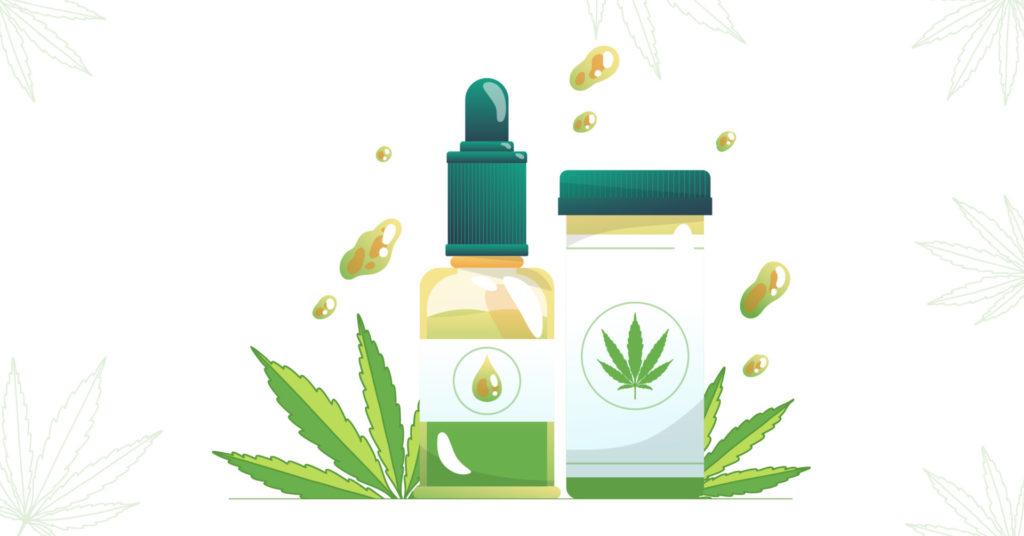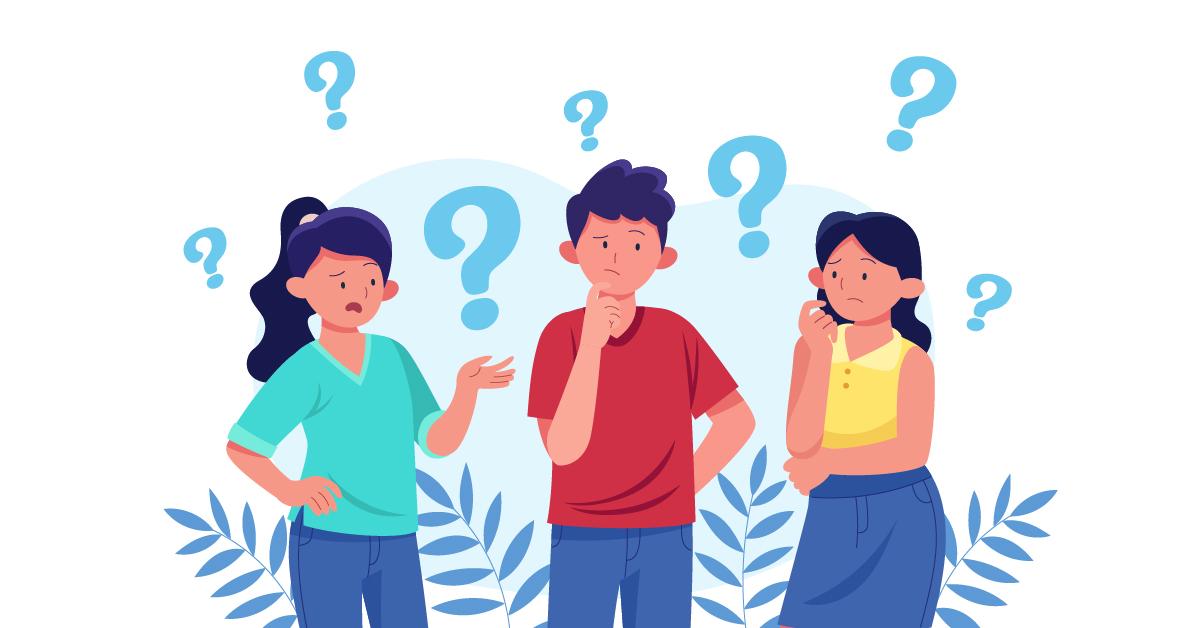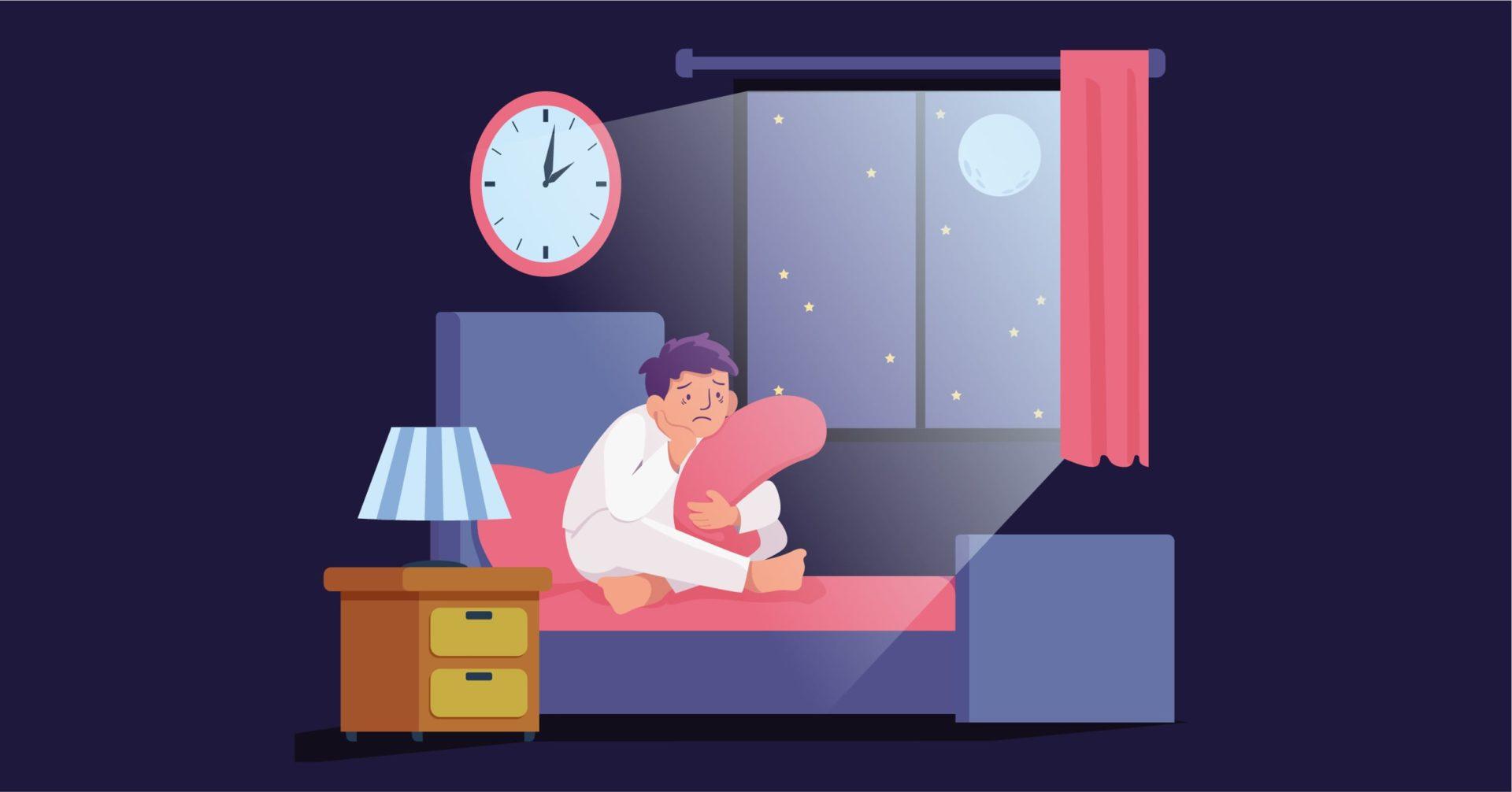Overview
Cannabis is considered to be the most widely consumed illicit drug, the use of which is often associated with states of intoxication.
Following the use of cannabis, individuals may experience a state of marked psychological and behavioral changes, often manifested in the form of a ‘’high’ feeling, as well as symptoms such as inappropriate laughter, grandiosity, lethargy, impairment in short-term memory, and more.
This state of intoxication can have serious implications, including impaired functionality in occupational and social aspects of life, traffic accidents, and other possible health related risks.
While cannabis intoxication rarely occurs in severe forms among adolescents and adults, it can significantly impact children in case of accidental use of the substance.
Various determinants of level of intoxication include the quality and quantity of the substance used, the individual’s history of cannabis use, method of administration, and environmental factors. The treatment of cannabis intoxication depends greatly on level of severity as well as exhibited symptoms.
Signs and Symptoms
The signs and symptoms of cannabis intoxication can usually be observed within two hours of cannabis use, and may include:
- Euphoria
- Inappropriate laughter
- Feelings of grandiosity
- Feeling sedated
- Lethargy
- Problems with short-term memory
- Problems with complex mental processes
- Impaired judgment
- Perceiving or sensing things in a distorted manner
- Problems carrying out motor activity
- Feeling like time is passing by slowly
- Anxiety
- Social withdrawal
- Conjunctival infection
- Increase in appetite
- Dry mouth
- Increased heart rate (tachycardia)
Risk Factors
While the prevalence of Cannabis Intoxication remains undetermined, it is assumed that individuals who use cannabis are likely to experience intoxication. Hence, prevalence rates for cannabis use and intoxication are considered to have little difference.
Cannabis use is considered to be highest among adolescent populations. There is a higher chance of unintentional exposure to children when cannabis is used by adults.
An amalgamation of biological, psychological, social, and environmental factors contribute to cannabis use. Among adolescents and those in early adulthood, cannabis use is reportedly engaged in as a form of social conformation, or to experiment or try the substance, or for recreational or enjoyment purposes.
Some proportion of individuals may also use cannabis in order to cope with stress or relax. Expecting mothers that have engaged in cannabis use also report similar reasons for use of the substance, stating that it helps to manage depression, anxiety, pain, nausea and vomiting, and may also be used in order to cope with stress or for recreational purposes.
Apart from demographic variables and the etiological aspects of cannabis use, factors including pharmacological and psychological ones have been implicated in the determination of cannabis intoxication.
One major factor that comes into play is history of use. Individuals with a longer history of frequent cannabis use appear to have a higher tolerance towards the effects of cannabis compared to their inexperienced counterparts.
There is also a possibility that individuals with a longer history of cannabis use are familiar with its effects, and thus compensate for them behaviorally.
Variances in dosage and quality of the substance also play a part in affecting intoxication severity, speed of effect, as well as the symptoms of intoxication observed. Certain studies have also pointed out that individuals may have some form of voluntary control over their own level of intoxication, though there is no objective evidence of the same.
Diagnosis
The symptoms of cannabis intoxication are usually noticeable within minutes of use, although depending on means of consumption, as well as individual differences, this may vary.
In case of oral ingestion of cannabis, symptoms may require a few hours to become observable. There are bound to be variances in the level of intoxication on the basis of quantity of dosage, method of administration, as well as the state of the individual’s rate of absorption, tolerance, and sensitivity to the substance.
Urine toxicology screens may be administered in order to diagnose acute intoxication, though they may not provide specific information with relation to the timeline of cannabis use.
The DSM-5 provides the following criteria for the diagnosis of Cannabis Intoxication:
A. Recent use of cannabis.
B. Clinically significant problematic behavioral or psychological changes (e.g., impaired motor coordination, euphoria, anxiety, sensation of slowed time, impaired judgment, social withdrawal) that developed during, or shortly after, cannabis use.
C. Two (or more) of the following signs or symptoms developing within 2 hours of cannabis use:
- Conjunctival injection.
- Increased appetite.
- Dry mouth.
- Tachycardia.
D. The signs or symptoms are not attributable to another medical condition and are not better explained by another mental disorder, including intoxication with another substance.
In some cases, individuals may experience perceptual impairment as an effect of cannabis intoxication, in the form of hallucinations, or illusions that are tactile, auditory, or visual in nature.
Treatment
The effect of cannabis intoxication is observed to vary among populations, and also determines the management modalities provided. Treatment largely differs by age, as well as the severity of intoxication on the basis of exhibited symptoms.
Children are significantly more likely to experience severe intoxication, which may also be life-threatening in certain situations. Such intoxication manifests as hyperkinesis (excessive movements that serve no purpose), or even a coma.
A condition known as central nervous system depression is associated with cannabis intoxication among children, with severe symptoms including depression, lethargy, and states of coma. Supportive care in such circumstances includes the maintenance of airway pressure, breathing and circulation among the patient, as well as providing supplemental oxygen in patients exhibiting states of coma or lethargy.
Assisted ventilation and endotracheal intubation may be necessary if apnea or possible risk of breathing in fluid into lungs exists among patients. Comas usually last between 1-2 days, and individuals are expected to make a complete recovery. Benzodiazepines may be used in case of dysphoria.
Among adolescents and adults, the severity of intoxication determines treatment. In cases of mild intoxication, symptoms are often likely to resolve on their own, and controlling the environment may suffice, such as dimming the lights and decreasing stimulation.
In case anxiety symptoms, short-acting benzodiazepines such as lorazepam may be effective. Severe intoxication due to cannabis is unlikely, and there may be combined use of other substances at play.
Individuals may be diagnosed for Cannabis Use Disorder and provided adequate options for psychosocial treatment, including alternatives such as Cognitive Behavioral Therapy, Contingency Management, Motivational Behavioral Therapy, and so on.
Differential Diagnosis
1. Other substance intoxication: Cannabis intoxication may resemble intoxication with other types of substances. However, alcohol intoxication and sedative, hypnotic, or anxiolytic intoxication frequently decrease appetite, increase aggressive behavior, and produce nystagmus or ataxia. Hallucinogens in low doses may cause a clinical picture that resembles cannabis intoxication. Phencyclidine, like cannabis, can be smoked and also causes perceptual changes, but phencyclidine intoxication is much more likely to cause ataxia and aggressive behavior.
2. Other cannabis-induced disorders: Cannabis intoxication is distinguished from the other cannabis-induced disorders because the symptoms in the other disorders are severe enough to attract clinical attention
Specialist
Individuals experiencing cannabis intoxication are most likely to approach emergency healthcare settings in the case that they do seek treatment, especially in the case of children, as they are at a greater risk to be adversely affected by cannabis use.
Contacting the poison control center in charge of the area may be the first protocol. Treatment is likely to be administered in emergency rooms by primary healthcare providers.





